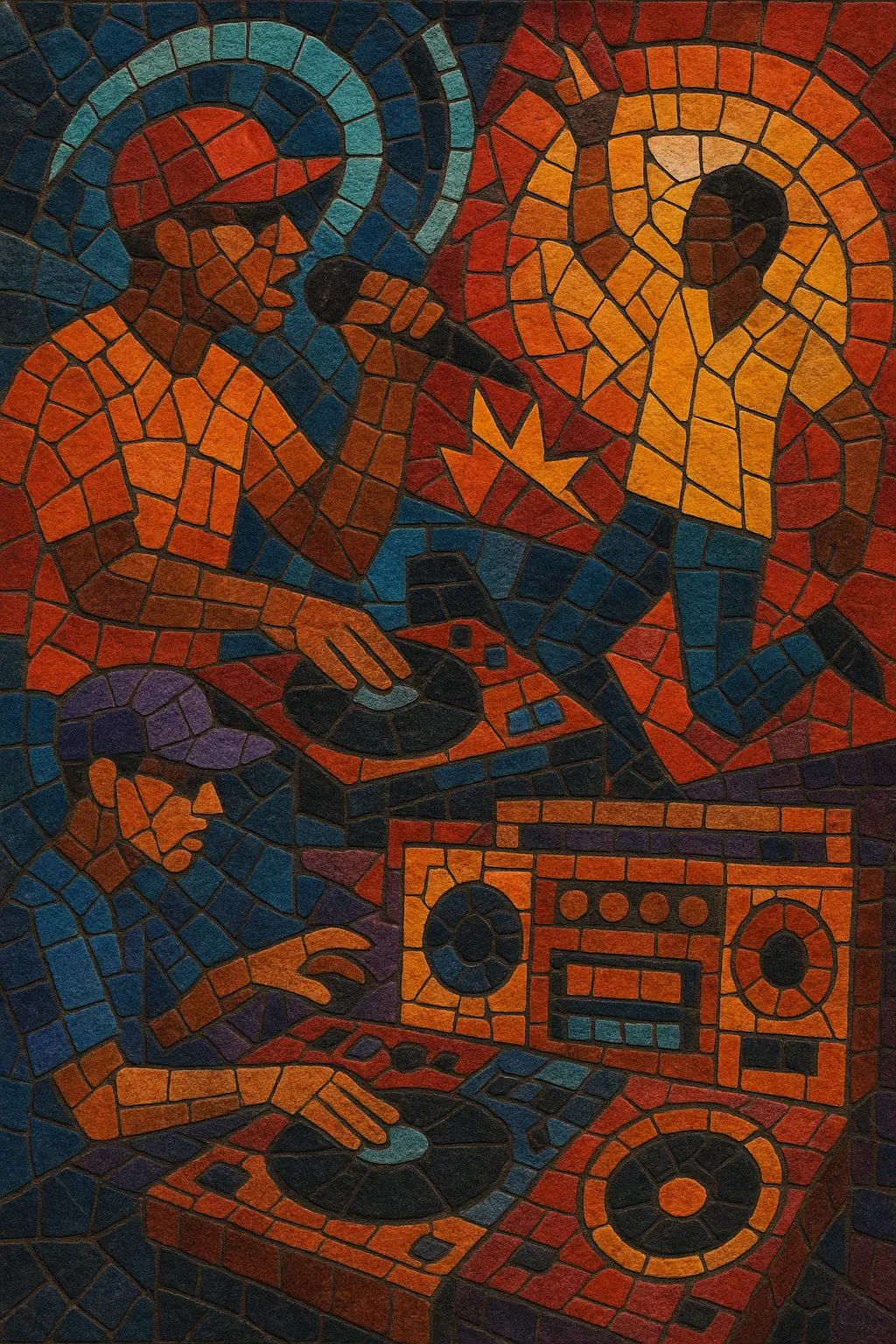Funk 150 BPM is a high‑tempo offshoot of Brazilian funk (funk carioca) that standardizes the groove around 150 beats per minute.
It speeds up the classic tamborzão rhythm, emphasizing pounding sub‑kicks, snappy claps/snares, tom fills, sirens, and shouty vocal tags designed for baile (street party) energy.
Arrangements are usually minimal and loop‑driven, centering on call‑and‑response MC lines, short hooks, and montage-style edits, with drops that arrive quickly and repeat often.
The result is an intense, dance-forward sound that retains the raw grit of Rio’s funk while pushing the adrenaline and club-readiness to the foreground.
Funk 150 BPM emerged within Rio de Janeiro’s baile funk ecosystem as DJs and MCs began pushing the traditional funk carioca tempo (often ~120–130 BPM) into a faster, more hard-hitting zone.
The classic tamborzão pattern was preserved but accelerated, with producers highlighting heavy 808 subs, clipped percussion, and montage techniques to keep energy high while maintaining the music’s street-level edge.
Within the Rio bailes—particularly in circuits like Baile da Gaiola—the “ritmo 150 BPM” label coalesced as a recognizable tag for the sped‑up format.
Prominent DJs helped define its sonic grammar: rapid-fire breaks, vocal “aquecimento” (warming-up) commands, and concise, hooky MC phrases that ride sparse, percussive loops.
By the late 2010s, the style broke through nationally via viral club anthems and live recordings that captured the baile atmosphere.
Playlists and social platforms amplified the sound, while pop‑leaning funk acts and EDM‑minded producers folded 150 BPM grooves into broader Brazilian pop and club contexts.
As Brazilian funk gained worldwide attention, 150 BPM tracks spread beyond Rio, influencing sets from São Paulo to Europe and appearing in mashups with EDM and trap aesthetics.
Despite variations by city and crew, the aesthetic remains consistent: fast tempo, minimal harmonic content, and percussion-first arrangements that serve dancefloor intensity.


